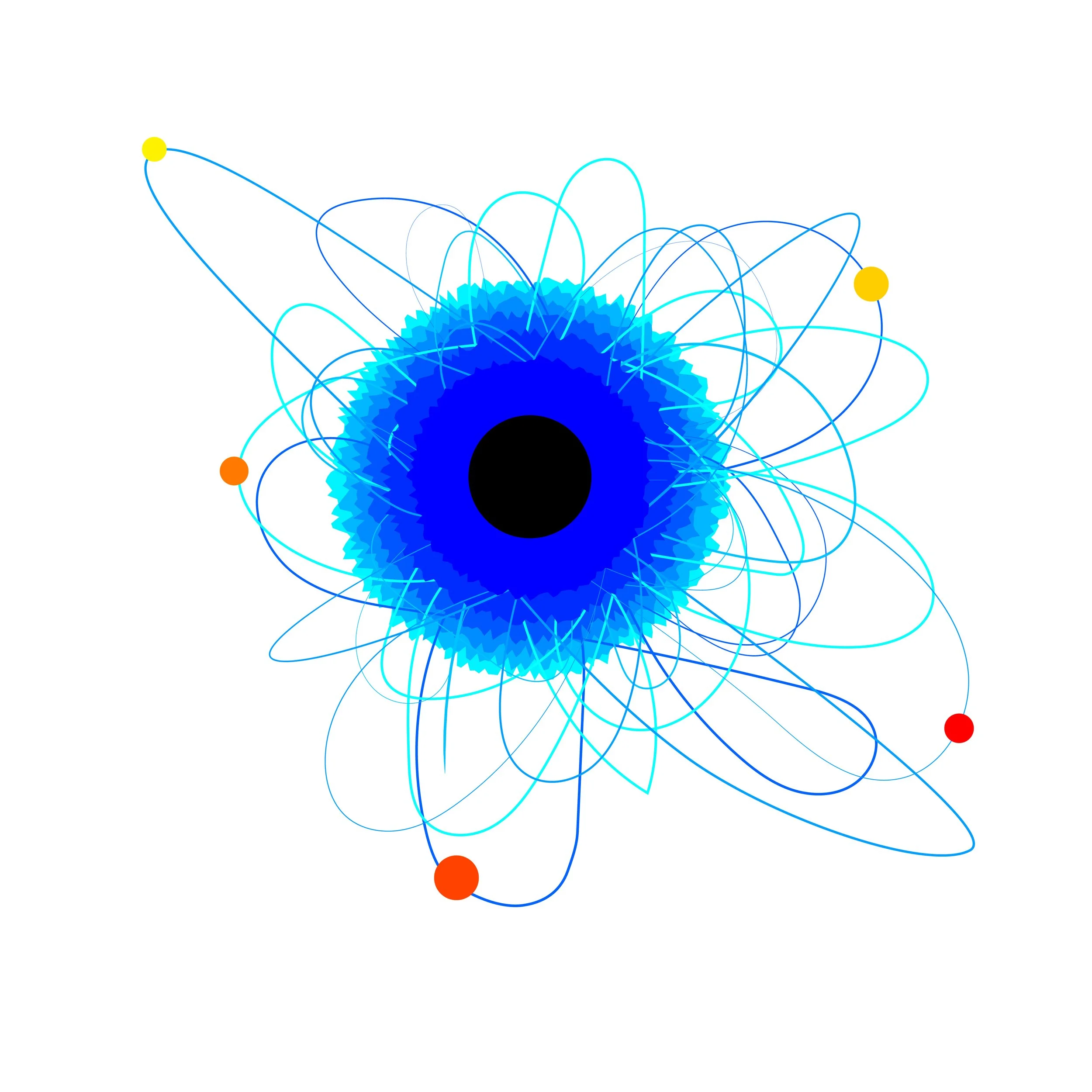
Some Assembly Required
Some Assembly Required
Opening December 5th, 2025 | MAIN GALLERY
on view at KCAC December 5th- 20th, 2025
Some Assembly Required features new Paintings from Kansas City Artist Dick Daniels and assemblages from Washington state born, Oklahoma based artist Robert Dohrmann
The artists, featured in December exhibitions at KCAC, build their artworks from a variety of parts in ways that embrace novel novelty - as the artists’ inventive approaches that make the familiar feel newly alive.
One artist creates repetitive marks on discrete pieces to indirectly construct an image; another mines the scrap heap of defunct popular culture to assemble a fresh investigation of the present; and another designs elements digitally before bringing them into the physical world; building images from preplanned parts.
In each practice, play is essential—proof that the most serious work often begins in curiosity, experimentation, and the joy of making.
Dick Daniels
Kansas City born illustrator, ceramicist and part-time junk collector, Dick Daniels was inspired in the full glare of the psychedelic 60's, influenced by the underground comix movement, abandoned amusement parks, American folk art and cheap commercial packaging. Daniels worked as an illustrator at the Kansas City Star and a humor card artist for Hallmark Cards for 25 years.
For extra fun he creates oddball wooden signs painted on found and forgotten weathered wood in his ramshackle basement studio as well as Hammerspace Workshop, has created hundreds of whimsical ceramic face pots, mugs and trays at the Kansas City Clay Guild and more recently explored painting geometric abstract paintings on wood.
Robert Dohrmann received his MFA in Painting and Drawing in 1992 at Central Washington University, Ellensburg, Washington. In 1999 he took a position in the department in the Foundations area. Over the years he has taught a variety of Studio courses, but currently the bulk of his teaching duties have been drawing, collage and comics.
In combination with traditional 2D materials and collage techniques, the objects used to construct his body of work are mostly large romantic cardboard print paintings, shadow box clocks, unlistenable LP records and a variety of found objects. The process of cultural anthropology (picking though thrift stores) is conducted anywhere he happens to find junk stores. He likens these stores to museums (also consumer graveyards) where affordable consumer goods go to die and hopefully be reborn. When he finds something that piques his curiosity, he “re-arts” the object and gives it a new life through remix and mash-up strategies. The antiquated appearance in the found pieces are crucial, as each vintage object comes with a ready-made veneer of age. It signifies American consumer history and points directly to our current relationship to many concerning topics of today, such as the impacts of: 1. Middle/upper class consumerism, 2. Low-cost mass production (and planned obsolescence), 3. Unpacking the subjective and social well-being of traditional home and domestic life, 4. Unmonitored capitalistic greed, 5. Climate concerns, 6. Patriarchal power systems, 7. The legacy and dilemmas we are leaving our youth and 8. White American hierarchies.

Your Digital Holiday
Your Digital Holiday
Opening December 5th, 2025 | Snap Space Gallery
on view at KCAC December 5th- 20th, 2025
Your Digital Holiday is the first solo exhibition by Kansas City based graphic designer and artist Michael Webb.
In His Work, Webb builds digital dreamscapes through painted grids and woven canvas. incorporating naturalistic and figurative elements to the pieces, Webb builds an immersive world in the Snap Space.
Michael Webb
I find my muse in the dance of order and chaos, where the unyielding grid meets the freehand stroke. From the riverbanks of St. Louis to the towering steel of Chicago, and now to the plains of Kansas City, I’ve wandered—my soul tethered to the soil, yet ever-reaching for the electric hum of the metropolis.
In my work, I seek the harmony between the past and the present, where the pulse of the digital world merges with the brushstroke of tradition. The landscapes beneath the vast and starry dome speak to me in tongues of light and shadow, their illuminated whispers recalling the early days of pixels and screens that first taught me to see. These nightscapes, with their grids of brilliance and darkness, do more than color my canvases; they etch the very lines of my narrative, allowing me to weave the threads of culture, the echoes of politics, the laughter of satire into a tapestry both vast and intimate.


